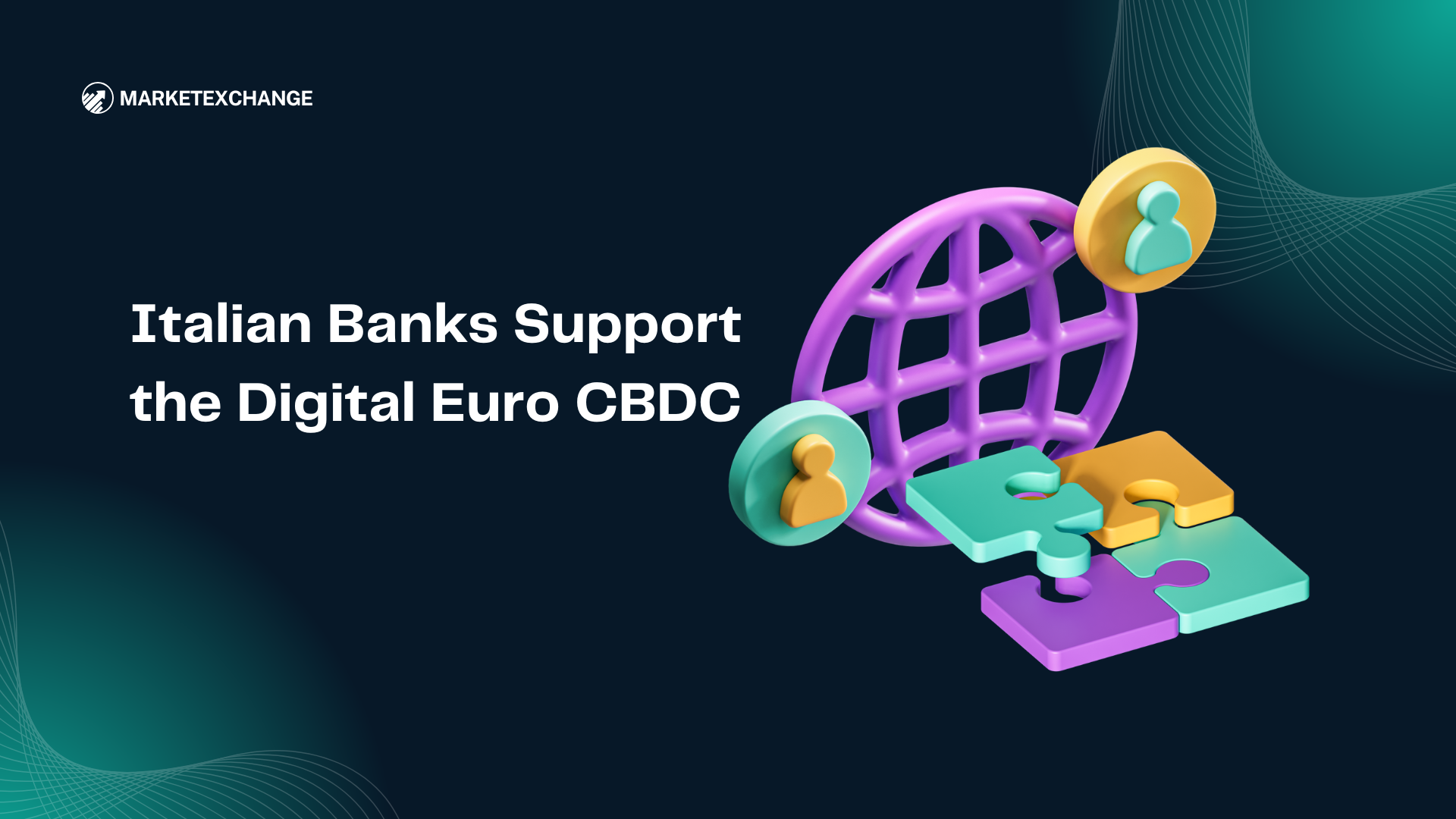
Italy’s largest lenders have thrown their weight behind the European Central Bank’s digital euro—but they want the bill paid in stages. Speaking at a press seminar in Florence, Marco Elio Rottigni, general manager of the Italian Banking Association (ABI), said banks favor the project as a step toward European “digital sovereignty.” At the same time, he warned that the capital expenditure needed to adapt banking systems is significant and should be spread over time to avoid straining balance sheets.
The comments clarify Italy’s lane in a debate that has split Europe’s financial industry. While the ECB argues that a central bank digital currency (CBDC) would keep public money relevant in a digital economy and reduce reliance on non-European payment providers, several large EU lenders—especially in France and Germany—have worried about deposit flight if customers prefer an ECB wallet for daily payments. Lawmakers in Brussels are still grappling with how to balance consumer utility with financial-stability safeguards.
What Italy Is Actually Asking For
Rottigni’s message wasn’t “no”—it was “phase it.” According to Reuters, ABI backs a “twin approach” in which the digital euro rolls out alongside commercial-bank digital currencies and other industry payment innovations that may evolve faster. The request: stagger the investment required of banks, because upgrading core systems, compliance layers, and customer interfaces won’t be cheap.
That pragmatic tone mirrors Bank of Italy communications, which frame the digital euro as a complement to cash, not a replacement, and part of a multi-year modernization of payments infrastructure. The central bank stresses that the instrument would be issued and guaranteed by the Eurosystem and designed for everyday retail use both online and offline—with details still subject to EU lawmaking.
Where the ECB Stands Right Now
The ECB recently moved the project to its next preparation phase, after an earlier two-year work program on design, privacy, and distribution. Officials say that if EU legislators agree on a legal framework in 2026, a pilot could start around 2027, with the Eurosystem aiming to be ready for a potential first issuance in 2029. That timeline isn’t a promise to launch—it’s a plan to be technically prepared if and when the politics line up.
The ECB’s own explainer underscores the logic: a digital euro would give citizens and merchants a public means of payment that is “universally accepted,” complementing cash and coexisting with private solutions. The emphasis is on technical readiness and legislative alignment rather than rushing to market.
Why Some European Banks Are Still Skeptical
Outside Italy, critics argue a CBDC could cannibalize deposits and duplicate private-sector rails. A recent Financial Times report captured pushback from a group of major banks and flagged concerns inside the European Parliament, where some MEPs prefer a limited, offline-only version at first to protect projects like Wero—a bank-backed, pan-European payments initiative. In short: not all banks oppose the digital euro, but many want it narrowly scoped and carefully sequenced.
Italy’s position splits the difference: support the strategic goal, but sequence costs and let industry solutions continue to innovate in parallel. That stance could help bridge gaps between central bankers and commercial lenders as draft legislation winds its way through EU committees.
What It Means for Consumers and the Market
If the project proceeds on the current track, Europeans could see early pilot use-cases—for example, small retail payments or peer-to-peer transfers—before broader rollout. The ECB has repeatedly said a digital euro would be free to hold and use for basic payments, with strong privacy and offline capabilities on the table; the exact parameters (holding limits, wallet design, fees to intermediaries) remain subject to lawmaking and technical pilots. For Italian banks, a staged approach to internal spend could smooth the transition for merchant terminals, mobile banking apps, and KYC/AML updates that will be needed to distribute the product.
The Politics: 2026 Is the Pivotal Year
Everything hinges on the EU legislative calendar. The Commission’s proposal needs sign-off from the European Parliament and Council before the ECB can even consider issuing. That means 2026 is the key decision year: if lawmakers land on a pragmatic compromise—limited functionality at first, tiered holding limits, and robust roles for commercial intermediaries—the 2027 pilot becomes credible. If not, the timeline slips. Italy’s “yes, but phase costs” message is calibrated to keep banks at the table should a green light arrive.
Why This Matters Beyond Crypto
The digital euro debate is often lumped with crypto headlines, but it’s really about sovereignty and competition in payments. The ECB and national central banks argue Europe must reduce reliance on non-EU card schemes and dollar-denominated stablecoins for daily commerce. A well-designed CBDC, distributed by banks and payment service providers, could harden Europe’s payments resilience while giving consumers a public money option on their phones. Italy’s support—paired with a sober look at cost—adds momentum to that viewpoint without ignoring operational realities.
Bottom Line
- Italy’s banks (via ABI) back the digital euro, citing the goal of European digital sovereignty, but urge staggered investments to manage heavy capital costs.
- The ECB is pressing ahead with preparations: pilot in 2027 (if laws pass in 2026), technical readiness by 2029for a potential first issuance.
- Skeptics remain elsewhere in Europe, pushing for a scaled, offline-first rollout to shield private payment innovation. The political compromise struck in 2026 will determine whether consumers actually test a digital euro in 2027.